A well-designed garden can be a stunning addition to any home, but not all landscaping choices benefit the environment. Some popular garden features may look aesthetically pleasing while disrupting local ecosystems and harming native wildlife. Certain plants, hardscaping choices, and water features can drive away pollinators, create barriers for small animals, or introduce invasive species. Homeowners looking to cultivate a beautiful yet eco-friendly garden should consider how their design choices impact local wildlife.
1. Invasive Ornamental Plants
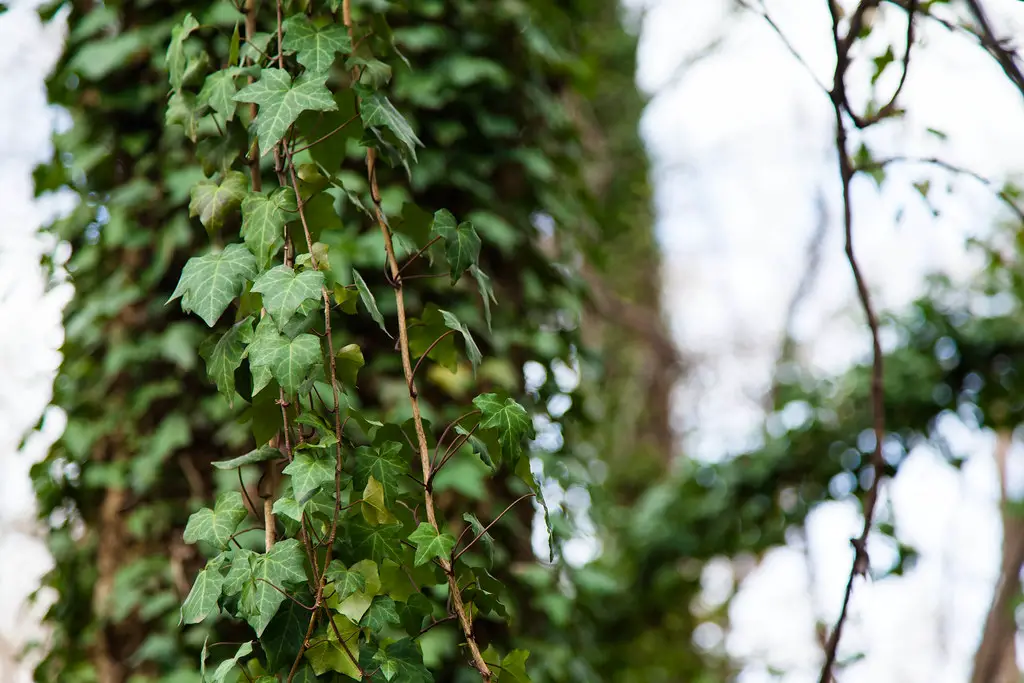
Many homeowners plant ornamental species for their beauty, but some can be highly invasive. According to the National Wildlife Federation, non-native plants like Japanese honeysuckle and English ivy spread aggressively and outcompete native species. This disrupts ecosystems by reducing food sources for birds, insects, and other wildlife. Over time, these plants can take over gardens, making it difficult for beneficial native species to thrive.
Replacing invasive ornamentals with native plants supports biodiversity and provides food for local pollinators. Native species require less maintenance, as they are adapted to local soil and climate conditions. They also attract birds, bees, and butterflies, helping to maintain a healthy ecosystem. A thoughtfully planted garden can be both visually appealing and ecologically beneficial.
2. Artificial Turf
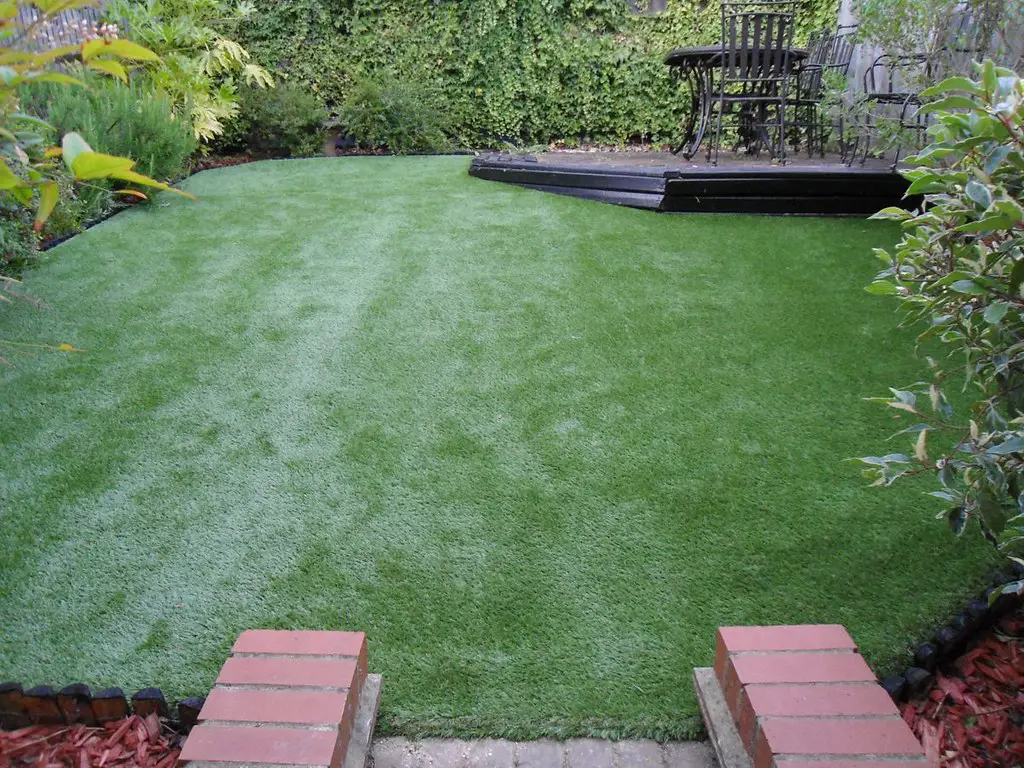
Artificial turf may seem like a low-maintenance alternative to grass, but it negatively impacts local wildlife. As noted by SurfRider, synthetic lawns absorb heat, lack biodiversity, and eliminate natural foraging areas for insects and birds. The plastic material does not provide shelter or food, making it a dead zone for native species. Additionally, runoff from artificial turf can contain harmful chemicals that affect soil and waterways.
Opting for drought-resistant native grasses or ground cover plants is a more eco-friendly choice. These alternatives support insect populations, which in turn attract birds and other wildlife. A natural lawn also helps regulate temperature and improve soil health. While artificial turf may look pristine, it ultimately diminishes the ecological value of a garden.
3. Decorative Fountains Without Wildlife Access
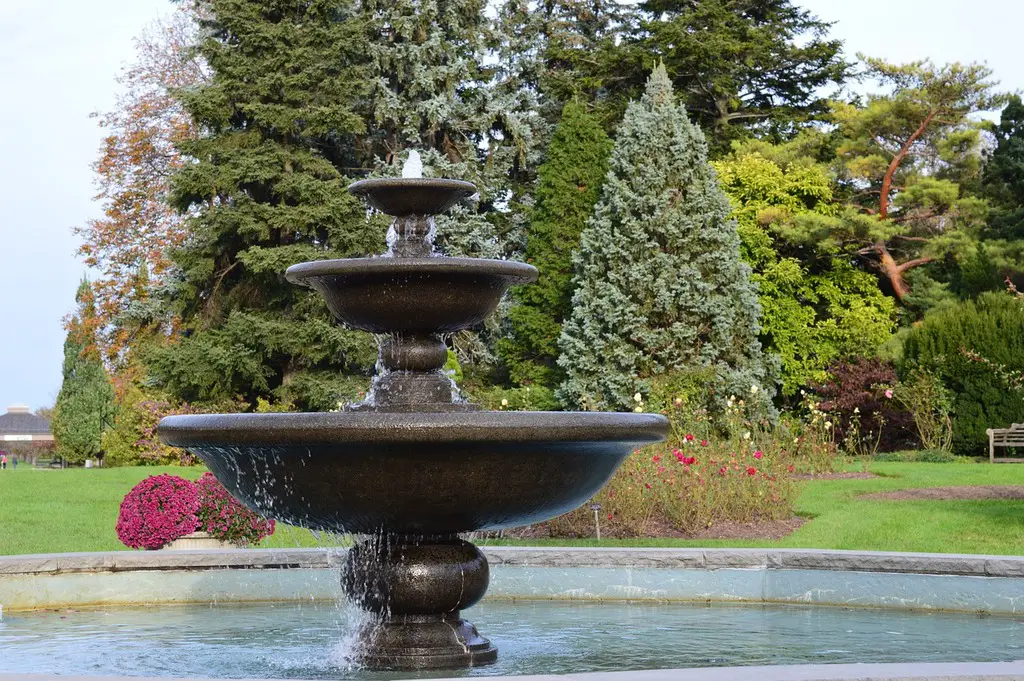
Fountains add a tranquil element to gardens, but some designs prevent wildlife from accessing water. According to the National Audubon Society, deep or steep-sided fountains can make it difficult for birds, bees, and small mammals to drink safely. Without accessible edges, these creatures may avoid the fountain or risk drowning. Moving water also discourages amphibians from laying eggs, disrupting their life cycle.
Installing shallow basins or placing flat stones around the fountain provides safe drinking spots for wildlife. Adding a small ramp or gently sloped sides allows creatures to enter and exit the water safely. A well-designed water feature can attract birds and pollinators without posing a hazard. With a few modifications, fountains can serve both aesthetic and ecological purposes.
4. Pesticide-Dependent Flower Gardens
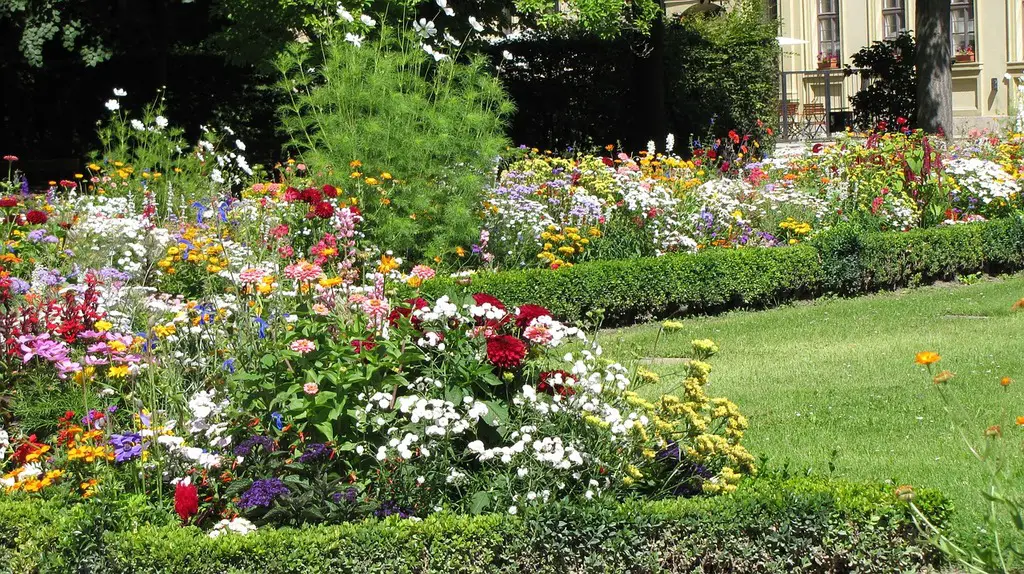
Pesticides help maintain flawless flower beds, but they can have devastating effects on wildlife. As reported by The Guardian, chemicals used to control pests also harm beneficial insects like bees, butterflies, and ladybugs. These substances can linger in the soil and water, affecting birds and small mammals that rely on insect populations for food. Over time, pesticide use leads to a decline in biodiversity, making gardens less hospitable for wildlife.
Using natural pest control methods, such as companion planting and introducing predator insects, can protect gardens without harming native species. Choosing pesticide-free plants ensures that pollinators can safely visit flowers without risk. A healthy, balanced ecosystem naturally regulates pest populations without chemical intervention. By avoiding pesticides, homeowners can create a thriving habitat for both plants and wildlife.
5. Mulch That Traps Small Animals
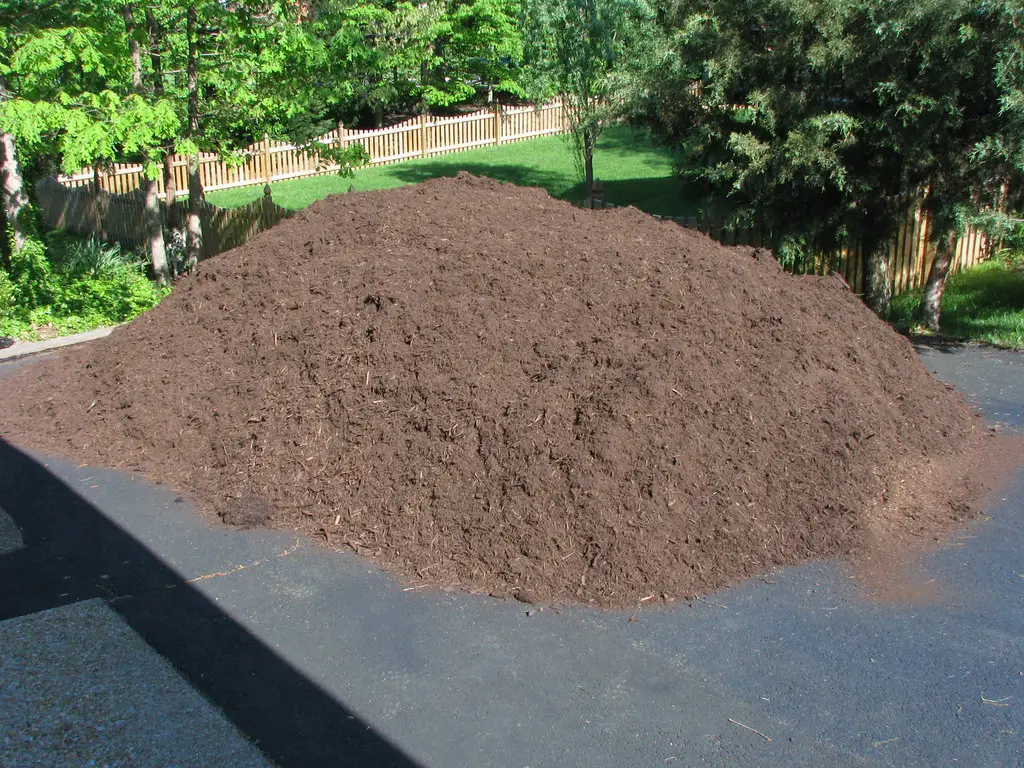
While mulch is commonly used to retain moisture and suppress weeds, certain types can be harmful to wildlife. Thick layers of wood mulch can trap small creatures like lizards, frogs, and beneficial insects. These animals may struggle to burrow through compacted mulch, limiting their ability to find food or shelter. Some dyed or chemically treated mulches also introduce toxins into the soil.
Opting for natural mulch, such as leaf litter or pine straw, creates a more wildlife-friendly environment. These organic materials break down naturally and provide habitat for insects and small animals. Spreading mulch in thinner layers prevents entrapment while still offering moisture control. Thoughtful mulch selection benefits both plants and garden-dwelling wildlife.
6. Glass or Reflective Garden Ornaments

Shiny garden decorations, such as mirrored globes or glass panels, can be hazardous to birds. The reflective surfaces create the illusion of open sky or trees, leading to window strikes. Birds that collide with these ornaments often suffer fatal injuries. Even smaller reflective decorations can confuse pollinators and disrupt their flight patterns.
Placing ornaments away from bird flight paths and using matte finishes reduces the risk of collisions. Positioning them near dense vegetation helps birds recognize them as solid objects. Using natural materials like stone or wood adds beauty without endangering wildlife. A wildlife-conscious garden design enhances aesthetics while keeping native species safe.
7. Non-Native Grass Lawns
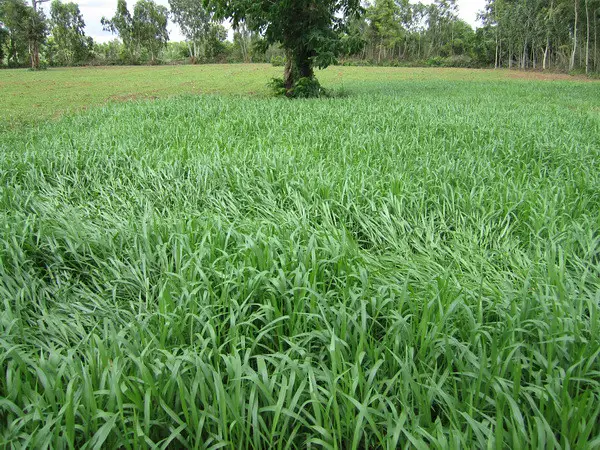
Traditional lawns may look lush and inviting, but they provide little value to local wildlife. Non-native grasses require frequent watering, fertilizers, and herbicides to maintain their appearance. These chemicals can harm insects, birds, and small mammals that rely on natural vegetation. Additionally, short, uniform lawns offer no shelter or nesting sites for wildlife.
Replacing turf with native grasses or wildflower meadows creates a more biodiverse environment. These alternatives require less maintenance and provide essential resources for pollinators and small animals. A mix of native plants improves soil health while supporting a variety of species. Transforming a lawn into a wildlife-friendly habitat benefits both homeowners and the environment.
8. Overly Bright Outdoor Lighting
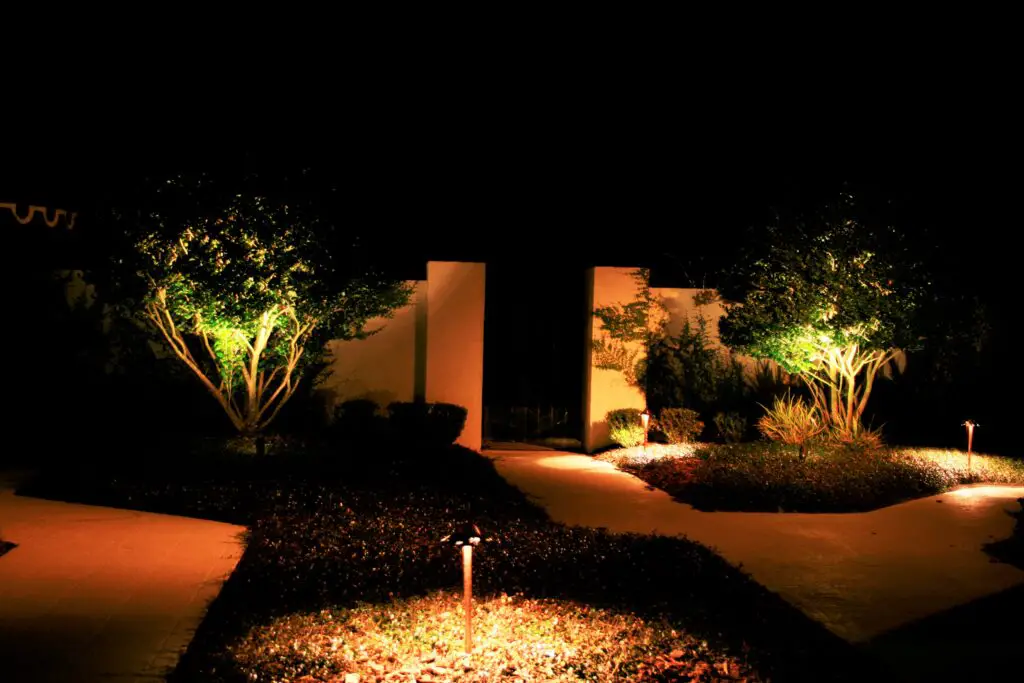
Excessive outdoor lighting can disrupt nocturnal wildlife, including bats, moths, and fireflies. Bright lights confuse natural navigation patterns, making it harder for these creatures to find food and mates. Many insects are drawn to artificial lights, leading to exhaustion or increased predation. Additionally, harsh lighting can interfere with bird migration.
Using motion-activated lights or warm-toned bulbs minimizes disruption to wildlife. Shielding fixtures and directing light downward prevents unnecessary sky glow. Soft, low-level lighting maintains a garden’s ambiance while supporting nocturnal ecosystems. Thoughtful lighting choices help create a balance between security and ecological health.
9. Bird Feeders with Improper Maintenance
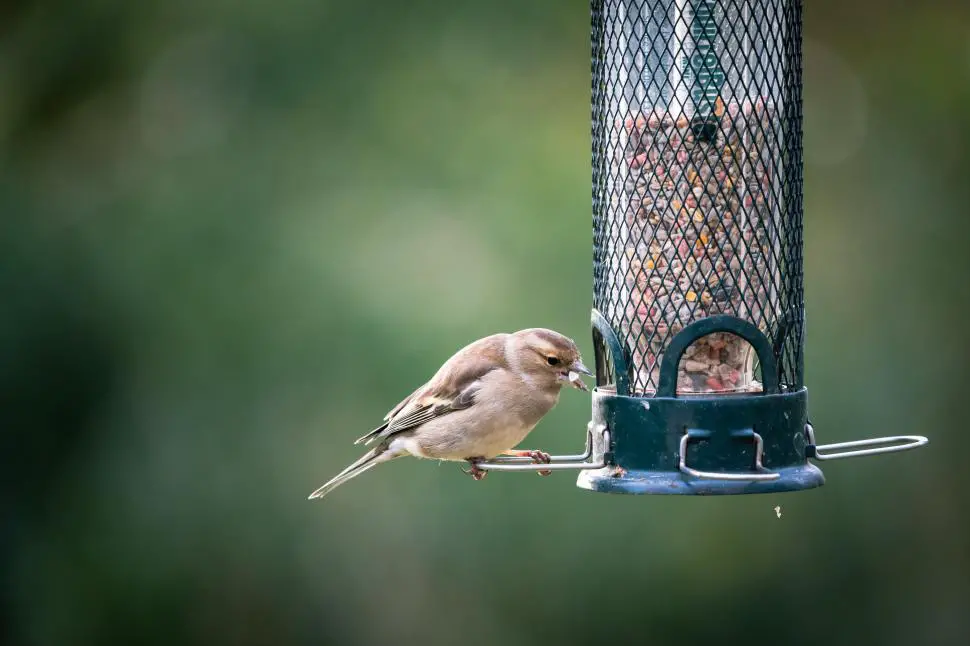
Bird feeders attract feathered visitors, but if not cleaned regularly, they can spread disease. Moldy or spoiled seeds can sicken birds, and uncleaned feeders harbor bacteria. Overcrowded feeding areas can also increase competition and stress among birds. Improperly placed feeders may expose birds to predators like cats.
Regularly cleaning feeders with a diluted bleach solution prevents disease transmission. Providing a variety of feeder types and natural food sources supports a diverse bird population. Planting native shrubs with berries offers a sustainable alternative to artificial feeding. Maintaining bird feeders responsibly ensures they benefit wildlife rather than harming it.
10. Large Decorative Rocks That Block Wildlife Paths
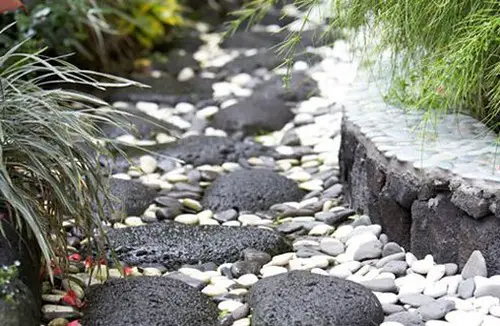
Heavy rock landscaping may add structure to a garden, but it can also create barriers for wildlife. Small mammals, amphibians, and reptiles rely on open ground for movement and foraging. Large, smooth rocks can trap animals or prevent them from accessing shelter. A landscape that’s difficult to navigate can drive beneficial wildlife away.
Strategically placing rocks with gaps and varied heights allows animals to pass through. Incorporating natural hiding spots, such as log piles or dense vegetation, supports local species. A wildlife-friendly garden balances beauty with accessibility. Designing pathways that accommodate wildlife encourages a thriving ecosystem.
11. Water Features with Steep Edges
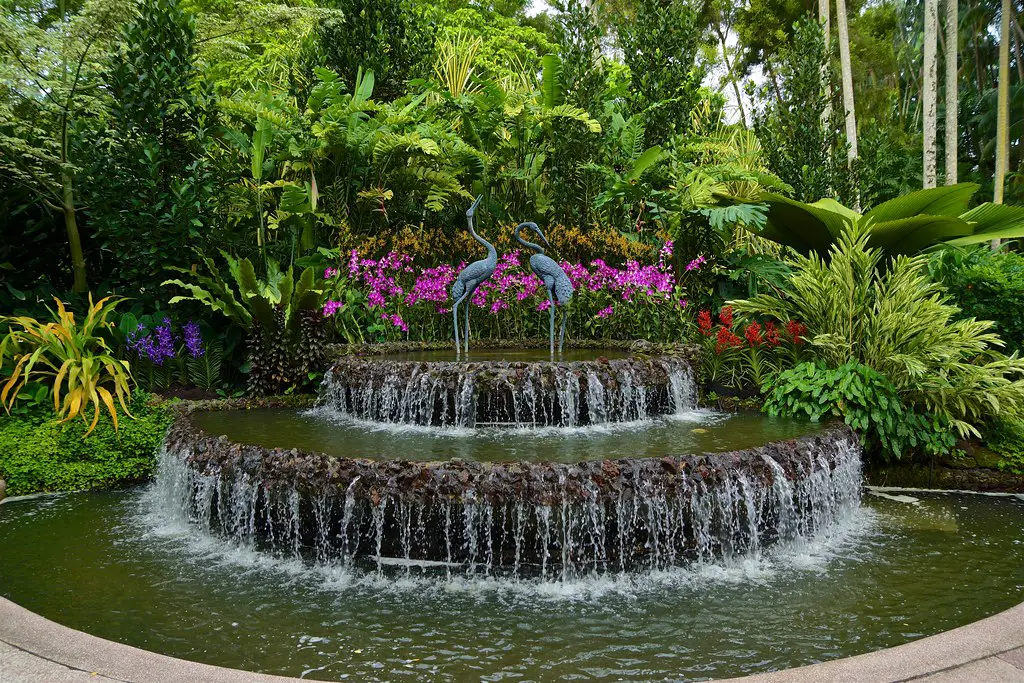
Garden ponds and water features can attract wildlife, but steep-edged designs can be hazardous. Small mammals, amphibians, and insects may fall in and struggle to escape, leading to drowning. Ponds without gradual slopes also prevent frogs and other beneficial species from accessing water safely. A lack of shallow areas reduces the habitat options for birds and pollinators that rely on water sources.
Incorporating gently sloping edges or placing flat stones along the perimeter provides safe access points for wildlife. Adding floating platforms or partially submerged logs gives animals an easy way to exit the water. Native aquatic plants around the edges can enhance biodiversity while offering shelter. A well-designed water feature benefits both homeowners and local ecosystems.
12. Excessive Use of Gravel and Hardscaping
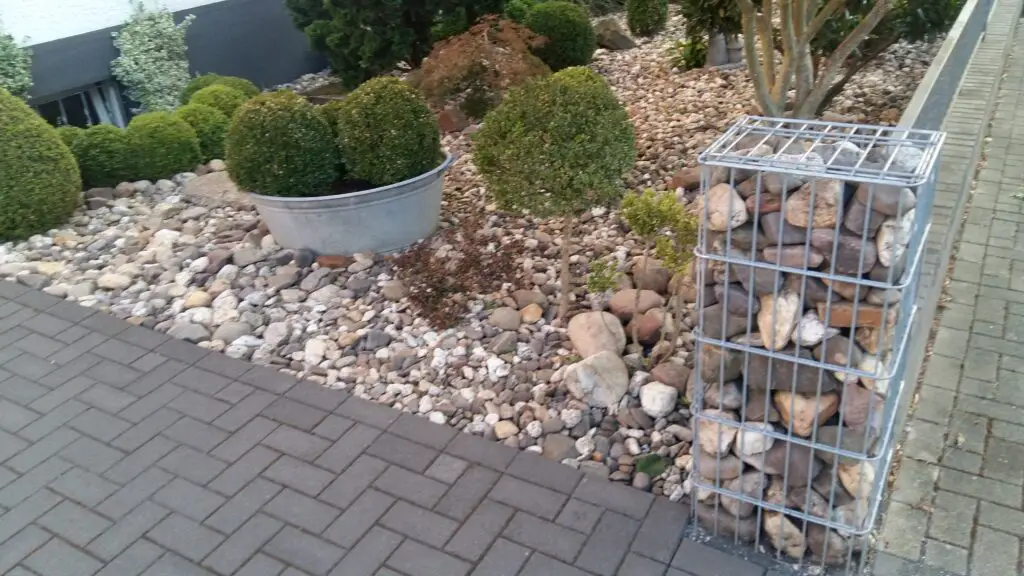
Gravel paths, patios, and stone gardens may create a polished look, but they limit habitat space for wildlife. Large expanses of hardscaping reduce soil moisture, making it difficult for insects, birds, and small mammals to find food and shelter. Without soft ground for burrowing or plant roots for cover, many species struggle to survive. Excessive gravel can also contribute to heat buildup, which affects soil health.
Balancing hardscaping with native plant beds or patches of natural ground cover supports biodiversity. Using permeable materials like mulch or stepping stones allows moisture to reach the soil while still defining pathways. Incorporating vegetation into hardscaped areas provides shelter and food for pollinators. A mix of textures and plant life creates a functional yet wildlife-friendly garden.
13. Decorative Shrubs That Require Heavy Trimming
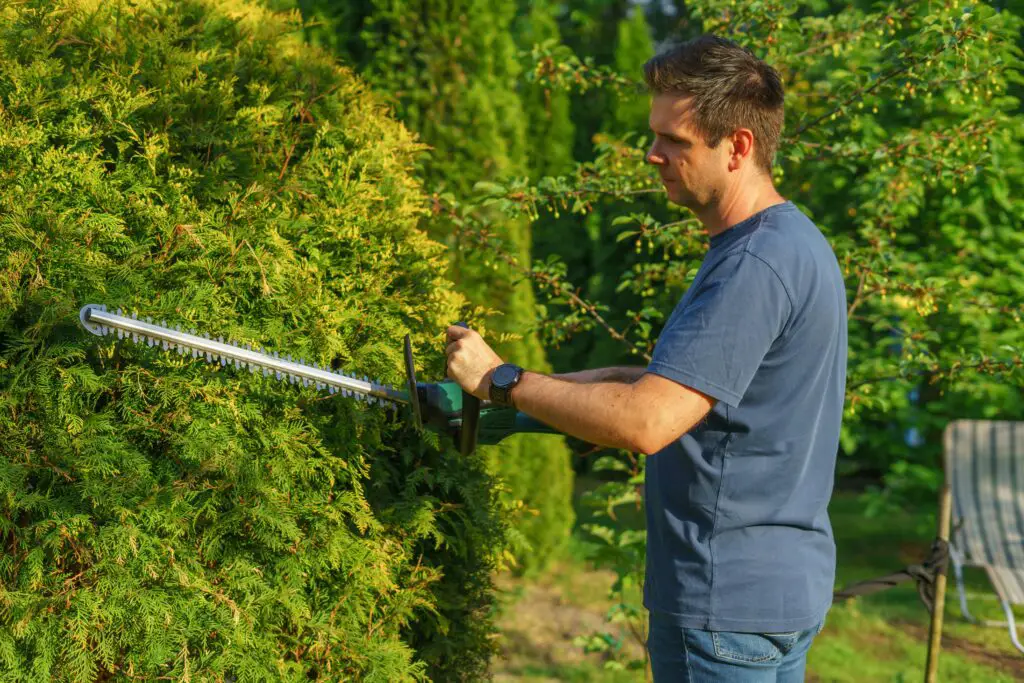
Perfectly manicured shrubs add structure to a garden, but frequent trimming can disrupt nesting birds and beneficial insects. Many species rely on dense foliage for shelter, breeding, and protection from predators. Over-pruning can expose nests, leading to abandonment or predation. Additionally, frequent maintenance reduces the availability of flowers and berries that support pollinators and wildlife.
Choosing slow-growing or naturally compact shrubs minimizes the need for excessive pruning. Allowing sections of hedges to grow freely provides safe nesting sites for birds and insects. Selecting native shrubs that produce flowers and berries ensures year-round food sources. A balance between structure and natural growth enhances both aesthetics and biodiversity.
